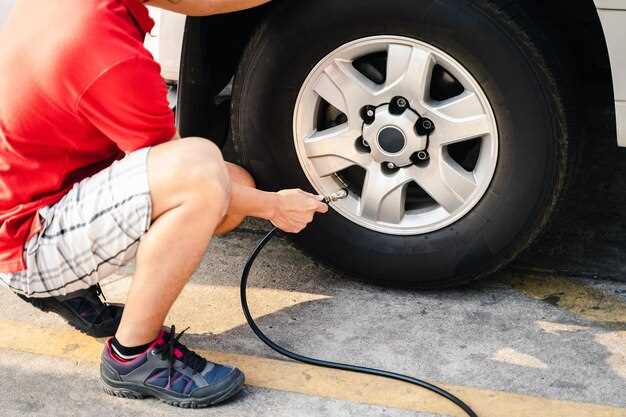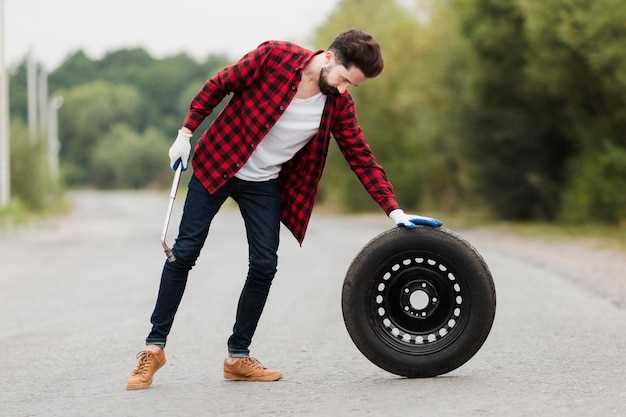
Experiencing a tire blowout at high speed can be a harrowing situation for any driver. The sudden loss of tire integrity not only alters the vehicle’s handling but can also lead to dangerous consequences if not managed properly. Understanding the dynamics of a blowout and preparing for an effective reaction can mean the difference between a safe recovery and a catastrophic accident.
When a tire fails, the driver’s immediate response is crucial. Panic can lead to abrupt steering or braking actions that might exacerbate the situation. It is essential to remain calm and focus on the vehicle’s control. A strong understanding of how to react during a blowout is an integral part of safe driving, especially at highway speeds where the risks are heightened.
Preventive measures, including regular tire maintenance and checks, can significantly reduce the risk of blowouts. However, accidents can still occur. In this article, we will explore the best practices for managing high-speed tire blowouts, emphasizing the importance of reaction time and effective maneuvering techniques to ensure safety on the road.
Immediate Actions to Take After a Tire Blowout

Experiencing a tire blowout can be alarming and potentially dangerous. It is crucial to remain calm and follow specific steps to ensure safety. First, maintain a firm grip on the steering wheel to keep the vehicle stable. Avoid sudden movements, as they can exacerbate the situation.
Next, gradually reduce your speed by easing off the accelerator. Do not slam on the brakes, as this could cause loss of control. Allow the vehicle to coast to a safe area, such as a shoulder or parking lot, away from traffic. Once you have safely stopped, turn on your hazard lights to alert other drivers.
After coming to a complete stop, assess the situation. Check for any signs of damage or debris around the vehicle. If necessary, move to a safer location if the initial stopping point is not secure. If you are unable to change the tire yourself or feel unsafe, consider calling for roadside assistance.
Finally, when inspecting the blowout, gather any relevant information, such as the tire brand, size, and location of the damage. This information can be useful when seeking a replacement tire or reporting the incident. Prioritize safety and follow these measures to handle a tire blowout effectively.
Preventive Measures to Reduce the Risk of Blowouts

To effectively manage and minimize the risk of tire blowouts, drivers must adopt a proactive approach. Implementing preventive measures can significantly enhance vehicle safety and improve reaction times in case a blowout occurs.
- Regular Tire Inspections:
Conduct routine checks for signs of wear, damage, or improper inflation. Look for irregular tread wear patterns, bulges, or cracks that could compromise tire integrity.
- Maintain Proper Inflation:
Ensure tires are inflated to manufacturer-recommended pressure levels. Under-inflated or over-inflated tires are more susceptible to blowouts. Check tire pressure regularly, especially before long trips.
- Choose Quality Tires:
Invest in high-quality tires that meet safety standards. Opt for reputable brands known for durability and performance to reduce the likelihood of blowouts.
- Monitor Load Limits:
Adhere to the vehicle’s load capacity. Overloading can increase tire stress, increasing the risk of failure. Refer to the vehicle’s manual for recommended load specifications.
- Avoid Driving on Worn Tires:
Replace tires that are near the end of their lifespan or show significant tread wear. Worn tires have reduced traction and can fail unexpectedly.
- Be Aware of Road Conditions:
Stay vigilant of road surfaces. Avoid potholes, debris, and other hazards that can damage tires. Adjust driving habits according to weather conditions to maintain control.
- Perform Regular Alignment and Balancing:
Ensure that your vehicle’s tires are properly aligned and balanced. Misalignment can lead to uneven tire wear, increasing the risk of blowouts.
By implementing these preventive strategies, drivers can reduce the risk of tire blowouts and enhance their reaction capacity should an incident occur. Awareness and consistent maintenance play key roles in ensuring both driver safety and vehicle performance.
Safety Tips for Handling Vehicle Control During a Blowout
Experiencing a tire blowout can be a frightening event, but knowing how to respond can help maintain control of your vehicle. Here are essential tips to handle the situation safely.
1. Stay Calm: The first step is to remain calm. Sudden panic can lead to erratic steering and further loss of control.
2. Do Not Brake Suddenly: Avoid slamming on the brakes as this can cause the vehicle to skid. Instead, lift your foot off the accelerator and allow the car to slow down gradually.
3. Maintain a Firm Grip: Keep both hands on the steering wheel. This will help you steer in the direction you want to go, even if the blowout causes the vehicle to pull to one side.
4. Steer Straight: If your vehicle veers to one side, gently steer in the opposite direction. Aim to keep the vehicle moving straight ahead until you have slowed enough to pull over safely.
5. Signal and Pull Over: Once you have regained control, signal your intention to pull over to a safe area, such as a flat shoulder or a parking lot. Turn on your hazard lights to alert other drivers.
6. Assess the Situation: After safely stopping, exit the vehicle if it’s safe to do so. Check the damaged tire and ensure you are in a secure location away from traffic.
7. Call for Assistance: If you are unable to change the tire yourself, call for roadside assistance. Do not attempt to change the tire on a busy road; wait for professional help.
By following these tips, you can minimize risks and enhance your safety in the event of a tire blowout. Always prioritize your safety and that of your passengers above all else.



